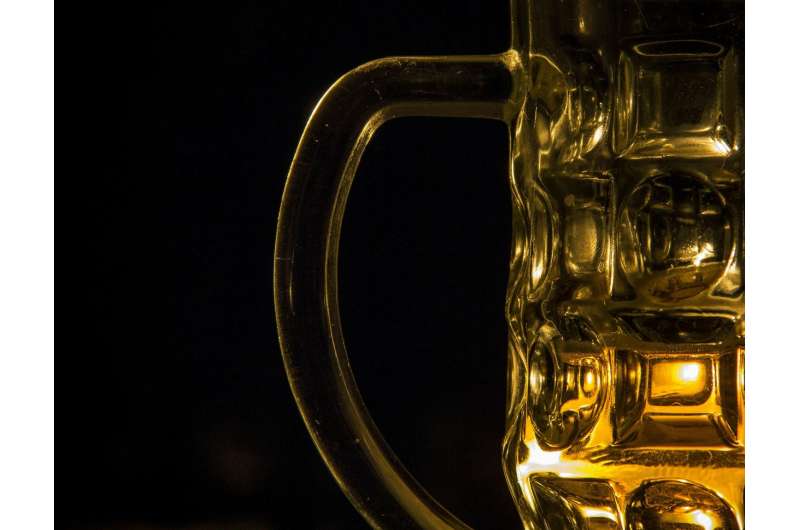Increases in alcohol use, especially among women, other groups

Alcohol use, high-risk drinking and alcohol use disorders increased in the U.S. population and across almost all sociodemographic groups, especially women, older adults, racial/ethnic minorities and individuals with lower educational levels and family income, according to a new study published by JAMA Psychiatry.
Regular and detailed monitoring of trends in drinking and alcohol use disorders is important for the health of the nation. Monitoring alcohol consumption patterns and alcohol use disorders over time also is important for the planning and targeting of prevention and intervention programs.
Bridget F. Grant, Ph.D., of the National Institute on Alcohol Abuse and Alcoholism, Rockville, Md., and coauthors present data for 2001-2002 and 2012-2013 on changes in the prevalences (the proportion of people affected) for alcohol use, high-risk drinking and DSM-IV alcohol use disorder (AUD).
High-risk drinking was four or more standard drinks on any day for women, five or more standard drinks on any day for men and, in this study, exceeding those daily drinking limits at least weekly during the past 12 months. An individual was considered to have a DSM-IV diagnosis of AUD if the person met the criteria for alcohol dependence or abuse in the past 12 months, according to the study background.
The authors report:
- Alcohol use in the United States increased from 65.4 percent in 2001-2002 to 72.7 percent in 2012-2013, an increase of 11.2 percent.
- High-risk drinking increased between 2001-2002 and 2012-2013 from 9.7 percent to 12.6 percent, representing 20.2 million and 29.6 million Americans, respectively, for a change of 29.9 percent.
- DSM-IV diagnosis of AUD increased from 8.5 to 12.7 percent in the total population, representing 17.6 million and 29.9 million Americans, respectively, a change of 49.4 percent.
- With few exceptions, increases in all the outcomes were the greatest among women, older adults, racial/ethnic minorities and those with lower educational levels and family income.
The study notes some limitations, including that the surveys lacked biological testing for substance use.
"These increases constitute a public health crisis that may have been overshadowed by increases in much less prevalent substance use (marijuana, opiates and heroin) during the same period. ... Most important, the findings herein highlight the urgency of educating the public, policymakers and health care professionals about high-risk drinking and AUD, destigmatizing these conditions and encouraging those who cannot reduce their alcohol consumption on their own, despite substantial harm to themselves and others, to seek treatment," the article concludes.
More information: JAMA Psychiatry (2017). DOI: 10.1001/jamapsychiatry.2017.1981
















